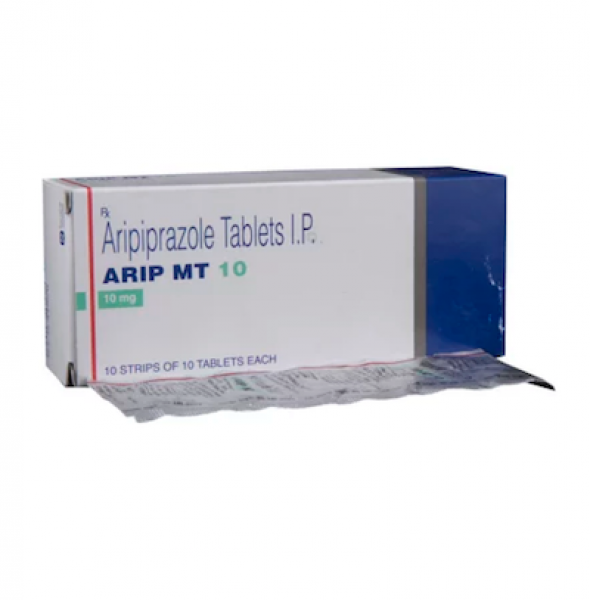

As of 1990, the project is being executed by the University of Amsterdam alone, under the direction of prof. Stibbe), later joined by the Universities of Groningen (prof. This concerned, first of all, activities by the Royal Dutch Institute at Rome (C. Since 1977, a comprehensive research program at the site has been carried out through annual excavation and study campaigns. As a result, the Royal Dutch Institute at Rome was invited by the Comitato per l'Archeologia laziale to participate in a rescue project and to ascertain the state of preservation of the site. The alarm was first made public by the exhibition Civiltà del Lazio primitivo at Rome (1976). The objects discovered were brought to the Villa Giulia Museum at Rome.Īfter some cursory investigations during the 1950s, the site of Satricum was brought to light again in 1977, as a result of a concerted effort by the Italian authorities to rescue the antiquities in the Roman campagna that were acutely threatened by large-scale urbanisation and agricultural reform. After two weeks, this work was suspended by order of the Italian government, and then resumed under the supervision of Felice Barnabei, Raniero Mengarelli, and A. Graillot of the University of Bordeaux, member of the École française de Rome. In 1896, the hill above Le Ferriere yielded remains of an archaic and early Classical sanctuary ascribed to Mater Matuta, during excavations begun under the direction of Prof. Identification and history of research Īntonio Nibby mistakenly identified ancient Satricum with the low hill at Borgo Montello, then known as the Tenuta di Conca, surrounded by tufa cliffs, 1.5 km ESE of present-day Le Ferriere, on which were still scanty remains of walling in rectangular blocks of the same material. After this, we hear of this town only in connection with the temple of Mater Matuta. The temple of Mater Matuta was spared a second time. The Romans besieged this town and 4000 of the enemy surrendered. They defeated an army of Antiates and other Volsci which had been levied in advance. 346 BC Antium sent envoys to the cities of the Latins to try to stir a war. The Latins burned Satricum in revenge, sparing only the temple of Mater Matuta. The Antiates surrendered their city and lands. The former were minded to give up, while the latter did not and left. A quarrel then broke out between the Antiates and the Latins. It was routed by the Romans and fled to Antium. In 377 BC a joint Latin and Volscian force encamped near Satricum. There was a fierce battle which the Romans won. In 381 BC the Romans levied four legions and marched on Satricum. In 382 BC a joint force of Volsci and Latins from the city of Praeneste took Satricum despite strong resistance by the Roman colonists. In 385 BC the Romans planted a colony with 2,000 colonists at Satricum. The Volsci retreated to Satricum, which was taken by storm. After a battle with the Romans which was stopped by rain, the Latins and Hernici left and returned home. In 386 BC a force made up of Volscians of the town of Antium, Hernici and Latins rebelled against Rome and gathered near Satricum. 5.3 Popular books by the Netherlands Study Center for LatiumĪccording to Livy, Satricum was an Alban colony, and a member of the Latin League of 499 BC.5.1 Monographs, dissertations, congresses.2 Identification and history of research.


 0 kommentar(er)
0 kommentar(er)
